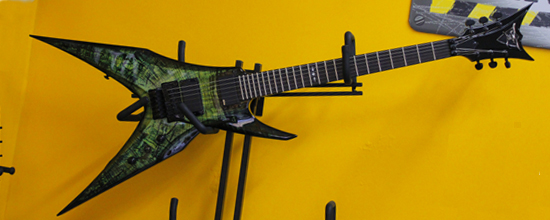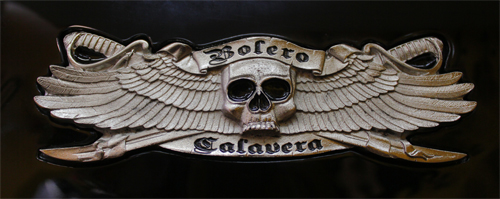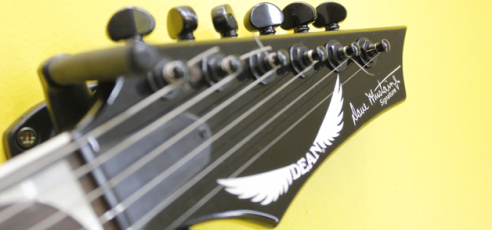The answer to the question presented in the last article is modes. A mode can be thought of as a specific form of a scale, or a certain scale played starting on a different note. The first and most crucial mode that most musicians already now is Ionian, also known as the major scale.
For now, the modes that’ll be looked at are only the 7 diatonic ones. A diatonic scale contains 5 full tones and 2 semitones. In short, it means that a scale is based on the standard major and minor scales. So a major scale consists of 7 notes, therefore it has 7 modes, one for each note. G major will be used as an example to explain each mode. The modes in order are Ionian, Dorian, Phrygian, Lydian, Mixolydian, Aeolian, and Locrian. G Ionian is the standard G major scale.
Next is A Dorian. The notes it contains are:
A B C D E F# G
Compared to A major the A major scale which is
A B C# D# E F# G#
A Dorian can be thought of as a major scale with the 3rd and 7th notes lowered a half-step. Or it can be considered a minor scale with a raised 6th since A minor contains
A B C D E F G
B Phrygian contains the notes
B C D E F# G A
B major is composed of
B C# D# E F# G# A#
So a Phrygian scale is a major scale with the a lowered 2nd 3rd 6th and 7th. Since the 3rd, 6th, and the 7thnd. are both lowered, it can be considered a minor scale with a raised with lowered 2nd.
C Lydian has the following notes
C D E F# G A B
Compared to the C major scale which contains
C D E F G A B
Lydian is a major scale with a raised 4th.
D Mixolydian contains the following notes
D E F# G A B C
It only differs from D Major by one note which is the 7th which is flattened in the Mixolydian mode
E Aeolian is the E minor scale which is a major scale with a flattened 3rd, 6th, and 7th. It’s notes are
E B C D E F# G
The last mode is Locrian. In this case, F# Locrian goes as follows
F# G A B C D E
Compared to the F# major scale, which is
F# G# A# B C# D# E#(F)
So a Locrian scale can be considered as a Major scale with a lowered 2nd, 3rd, 5th, 6th, and 7th. Since the 3rd, 6th, and 7th are lowered, the scale could be considered as a minor scale with a lowered 2nd and 5th. An even easier way to think about is the following is to look at it as a Phrygian scale (because of lowering the 2nd along with the other notes) with a lowered 5th.
All modes should be derived from the major scale of the same root note. However, as a shortcut, some of the modes mentioned can be derived easily from the minor scale (Dorian, Phrygian, Aeolian, Phrygian) are considered minor-sounding modes, and are best played in minor context. Experimenting with the modes is the best way to figure out the way sound, and when to apply each one.









